Stunning Photographs of the World’s Last Indigenous Tribes
by Maria Popova
From Siberia to the Sahara, by way of face paint, mud masks, and eagle-hunting.
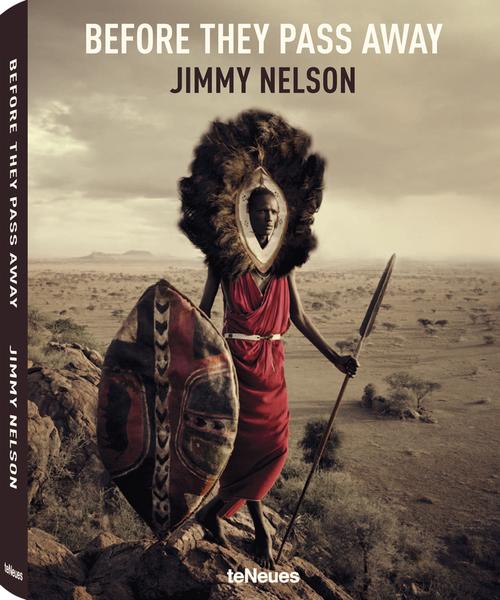 In the late 1990s, photographer Jimmy Nelsonbecame fascinated by Earth’s last living indigenous tribes. It took him a decade to begin documenting their fascinating lives, but once he did, what came out of his 4×5 camera was nothing short of mesmerizing — a glimpse of what feels like a parallel universe, or rather parallel multiverses, to our Western eyes, yet one full of our immutable shared humanity. The magnificent results are now gathered in Before They Pass Away (public library) — a lavish large-format tome featuring 500 of Nelson’s striking photographs, standing somewhere between Jeroen Toirkens’s visual catalog of Earth’s last nomads and Rachel Sussman’s photographic record of the oldest living things in the world.
In the late 1990s, photographer Jimmy Nelsonbecame fascinated by Earth’s last living indigenous tribes. It took him a decade to begin documenting their fascinating lives, but once he did, what came out of his 4×5 camera was nothing short of mesmerizing — a glimpse of what feels like a parallel universe, or rather parallel multiverses, to our Western eyes, yet one full of our immutable shared humanity. The magnificent results are now gathered in Before They Pass Away (public library) — a lavish large-format tome featuring 500 of Nelson’s striking photographs, standing somewhere between Jeroen Toirkens’s visual catalog of Earth’s last nomads and Rachel Sussman’s photographic record of the oldest living things in the world.
The journey took Nelson all over the world, from the deserts of Africa to the steppes of Siberia. He writes:
I wanted to create an ambitious aesthetic photographic document that would stand the test of time. A body of work that would be an irreplaceable ethnographic record of a fast disappearing world.
The semi-nomadic Kazakhs, descendent from the Huns, have been herding in the valleys of Mongolia since the 19th century and take great pride in their ancient art of eagle-hunting.
The Huli of Papua New Guinea migrated to the island about 45,000 years ago. Today, the remaining tribes often fight with one another for resources — land, livestock, women. To intimidate the enemy, the largest tribe, the Huli wigmen, continue the ancient tradition of painting their faces in yellow, red and white and making elaborate wigs of their own hair.
Legend has it that the Asaro Mudmen of Papua New Guinea’s Highlands Province had to flee from an enemy into the Asaro River. There, they waited until sundown to make their escape. When they rose from the river banks covered in mud, their enemies took them for spirits and ran in terror. To this day, the Asaro maintain the mythic masks to petrify warring tribes.
Though the Gauchos of South America might appear more “modern” than other indigenous tribes, these free-spirited nomadic horsemen have remained a self-contained culture since they first started roaming the prairies in the 1700s.
A distinct ethnic group and even more distinct cultural collective, Tibetans, descendent from aboriginal and nomadic Qiang tribes, are known for their prayer flags, sky burials, spirit traps, and festival devil dances, which encapsulate their history and beliefs.
The Maasai endure as one of the oldest and greatest warrior cultures. As they migrated from the Sudan in the 15th century, they took possession of the local tribes’ cattle and conquered much of the Rift Valley. To this day, they depend on the natural cycles of rainfall and drought for their cattle, which remain their core source of sustenance.
The reindeer-herding Nenets of northern Arctic Russia have thrived for over a millennium at temperatures ranging from 58ºF below zero in the winter to 95ºF in the summer, migrating across more than 620 miles per year, 30 of which consist in the grueling crossing of the frozen Ob River.
In his entertaining and moving TEDxAmsterdam talk, Nelson tells the story of how his life changed when he lost all his hair, why he traveled through Tibet on foot, and what led him to this project:
See more of Nelson’s remarkable photos on the project site and treat yourself to the treasure that is Before They Pass Away. For a “tribal” ethnography of a very different kind, yet one strikingly similar in many ways, complement this with Humans of New York.


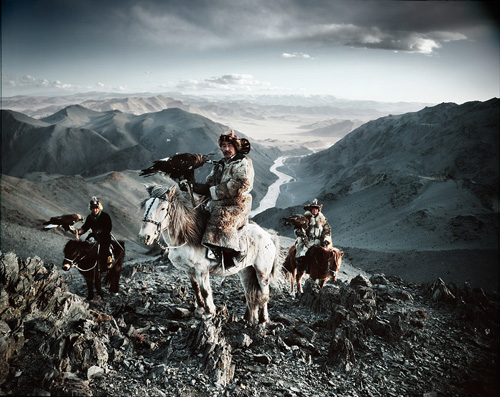
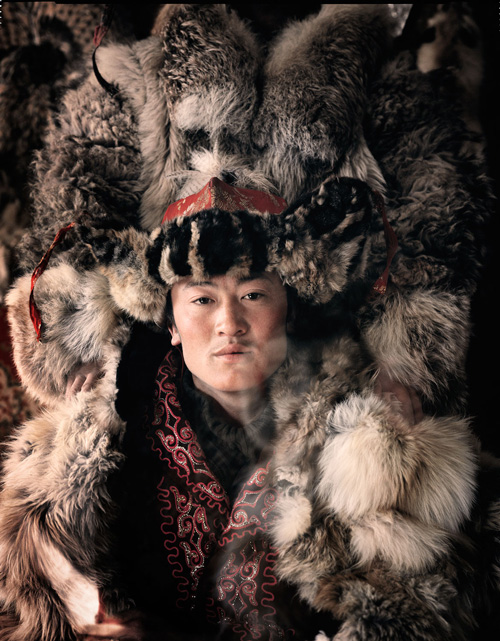
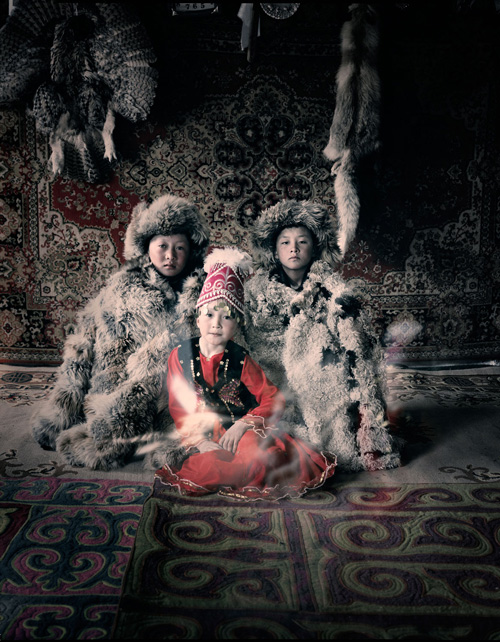

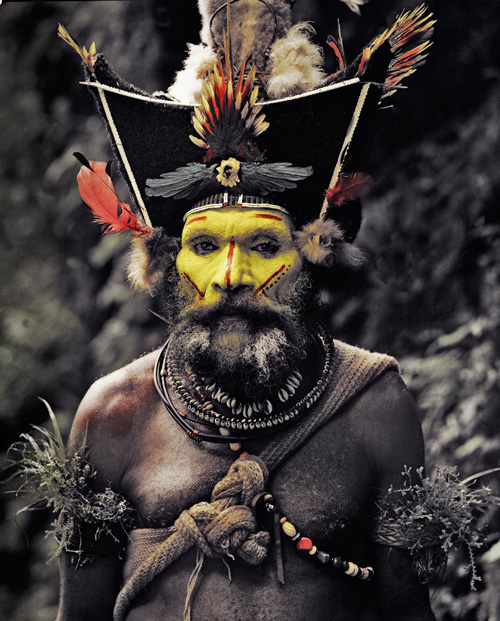
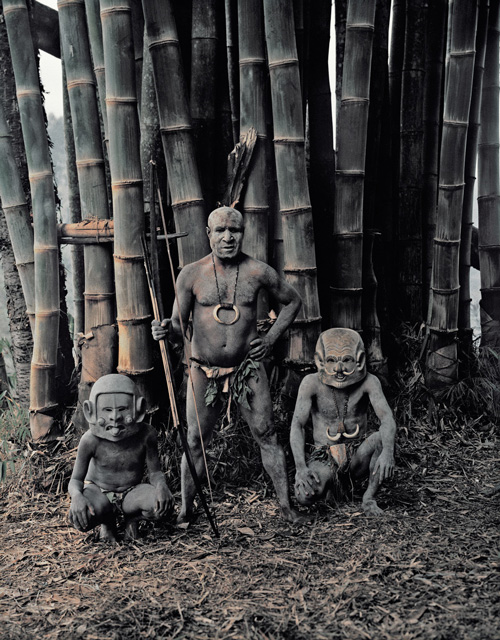
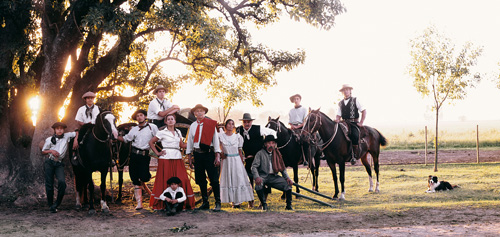
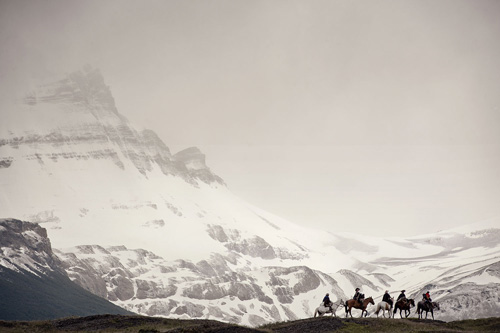
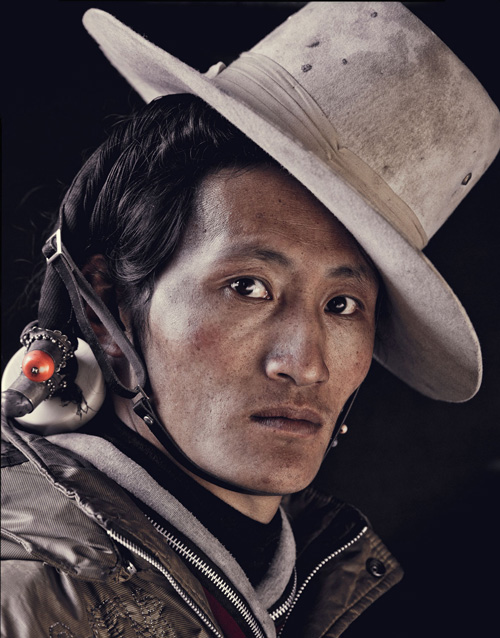
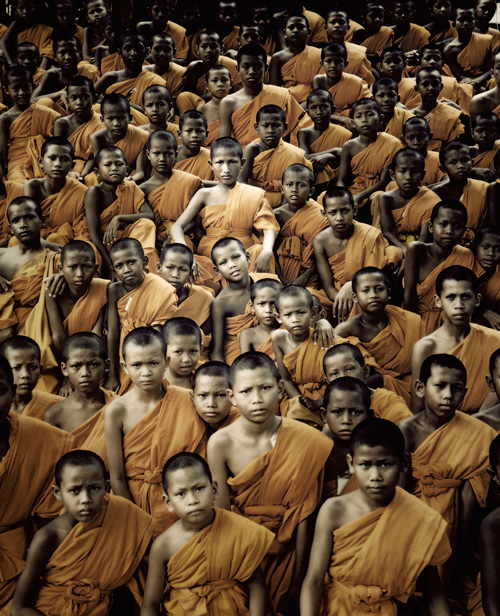
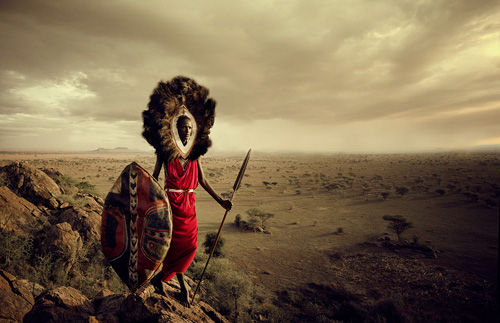
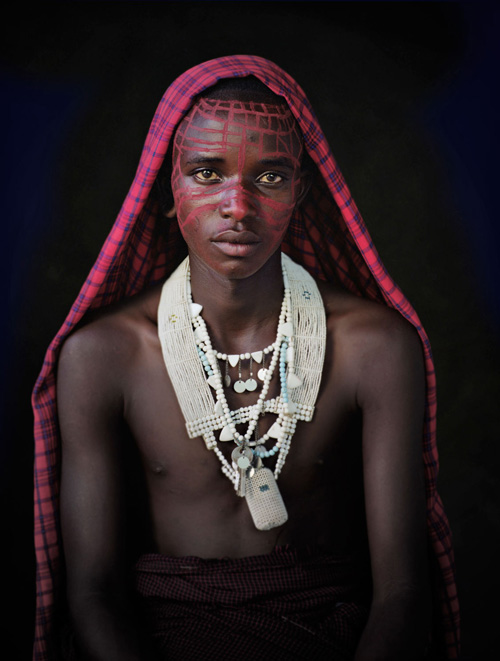
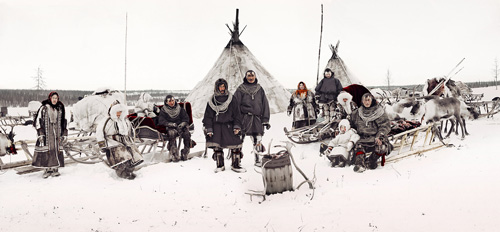
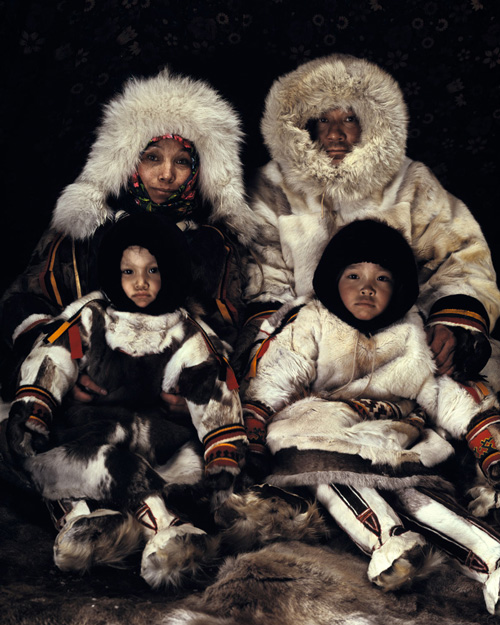
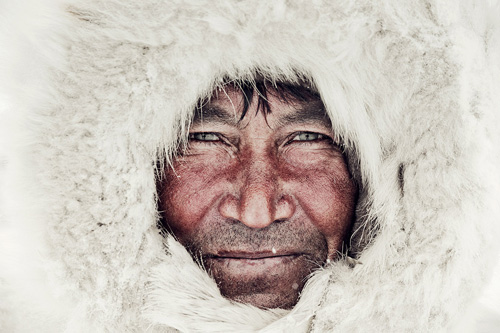
No comments:
Post a Comment